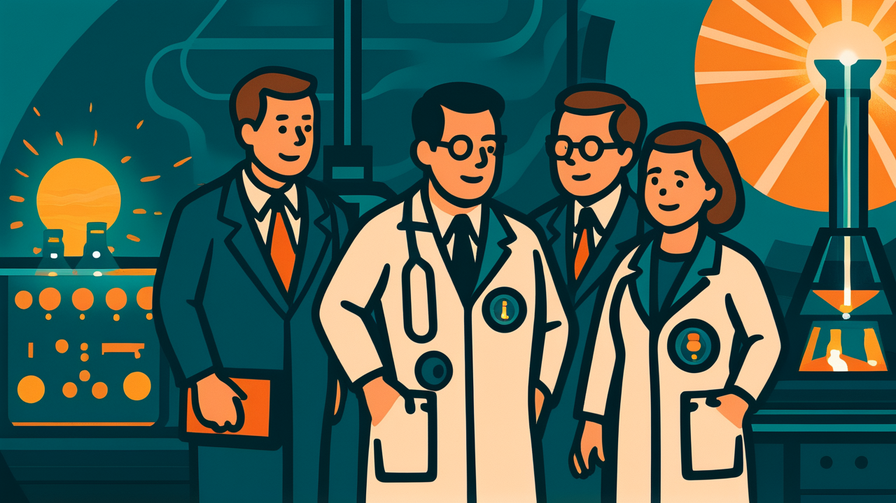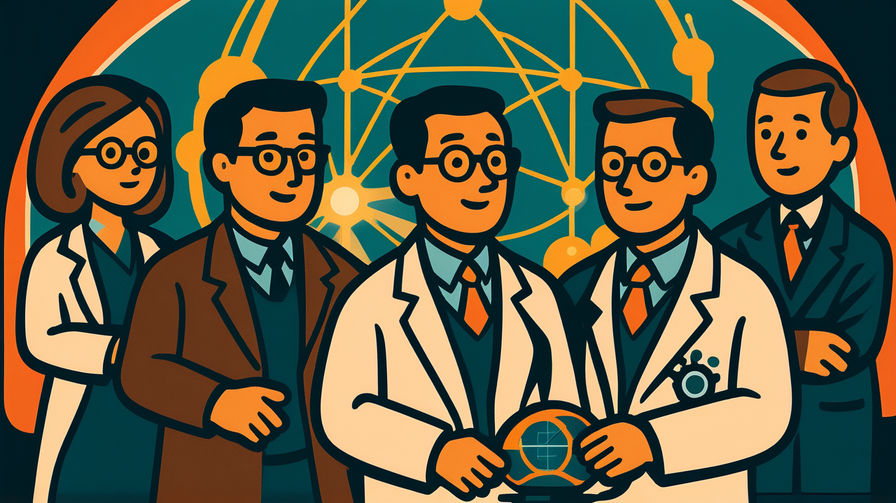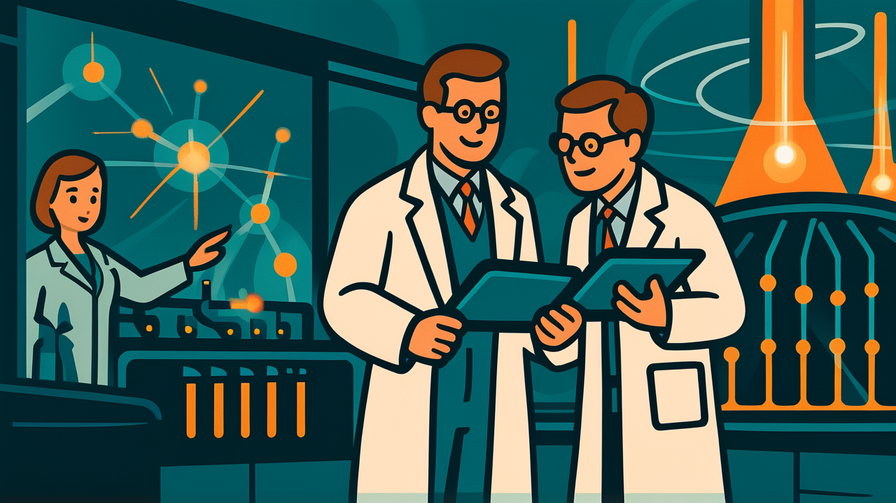[Disclaimer] This article is reconstructed based on information from external sources. Please verify the original source before referring to this content.
News Summary
The following content was published online. A translated summary is presented below. See the source for details.
Google has announced a significant investment in Commonwealth Fusion Systems (CFS), a company working to develop commercial fusion energy – the same process that powers the sun. Fusion energy promises to be a revolutionary clean energy source that could provide virtually unlimited power without carbon emissions or long-lasting radioactive waste. Unlike current nuclear fission plants that split atoms, fusion combines hydrogen atoms to create helium and enormous amounts of energy. CFS aims to have a demonstration fusion plant operational by the early 2030s, using powerful superconducting magnets to contain plasma heated to 100 million degrees Celsius. Google’s investment, part of its commitment to operate on carbon-free energy by 2030, will help accelerate fusion development. If successful, a single fusion plant could power a city while producing no greenhouse gases, using fuel derived from seawater, and creating minimal waste that remains radioactive for only decades rather than millennia.
Source: Google Blog
Our Commentary
Background and Context

Scientists have dreamed of harnessing fusion energy since the 1950s, calling it the “holy grail” of clean energy. The sun generates its incredible heat and light through fusion, where extreme pressure and temperature force hydrogen nuclei to merge, releasing tremendous energy. Recreating these conditions on Earth has proven extraordinarily difficult.
Current nuclear power plants use fission – splitting uranium atoms – which creates radioactive waste lasting thousands of years and risks meltdowns. Fusion, by contrast, cannot melt down, produces minimal short-lived waste, and uses abundant fuel. One kilogram of fusion fuel contains as much energy as 10 million kilograms of coal.
Expert Analysis
The fusion challenge involves creating and maintaining conditions hotter than the sun’s core while containing this super-hot plasma with magnetic fields. Recent breakthroughs in superconducting magnets – which CFS specializes in – have made smaller, more practical fusion reactors possible. These new magnets are 10 times stronger than older designs, enabling reactors the size of a small building rather than a sports stadium.
Tech companies like Google are investing because fusion could solve multiple problems simultaneously: providing clean baseload power for energy-hungry data centers, eliminating carbon emissions, and ensuring energy security. Unlike solar and wind, fusion would work continuously regardless of weather, making it ideal for powering critical infrastructure.
Additional Data and Fact Reinforcement
Fusion research has accelerated dramatically. In 2022, the National Ignition Facility achieved “ignition” – producing more energy from fusion than the lasers put in. Private fusion companies have raised over $7 billion since 2020, with over 40 companies now pursuing different approaches. CFS alone has raised $2 billion and employs over 500 scientists and engineers.
The potential impact is staggering. Fusion could provide electricity at 4 cents per kilowatt-hour, competitive with current sources. The fuel – deuterium from seawater and tritium bred in the reactor – is virtually inexhaustible. A glass of water contains enough deuterium to equal the energy in a barrel of oil.
Related News
The fusion race has become international. The ITER project in France, involving 35 nations, aims to demonstrate fusion at scale by 2035. China’s EAST reactor recently sustained plasma for over 17 minutes. The UK announced plans for a commercial fusion plant by 2040.
Major tech companies are betting on different energy solutions. Microsoft signed deals for fusion power from Helion Energy. Amazon is investing in small modular fission reactors. This competition could accelerate clean energy development across multiple technologies.
Summary

Google’s fusion investment represents a bold bet on transformative technology that could solve humanity’s energy and climate challenges. While fusion has been “20 years away” for decades, recent breakthroughs suggest commercial fusion might finally become reality. Success would mean unlimited clean energy, revolutionizing everything from transportation to manufacturing while protecting our planet.
Public Reaction
Environmental groups cautiously support fusion development while emphasizing renewable energy shouldn’t be neglected. Energy experts debate whether fusion will arrive in time to address climate change. Young people express excitement about fusion careers, with university fusion programs seeing enrollment triple. Some communities worry about having fusion plants nearby, though scientists emphasize fusion’s inherent safety.
Frequently Asked Questions
Q: Is fusion energy really safe?
A: Yes. Fusion reactions stop instantly if containment fails, making meltdowns impossible. The fuel isn’t radioactive, and waste products become safe within 100 years.
Q: When will fusion power my home?
A: Optimistically, the 2030s for demonstration plants and 2040s for widespread deployment. However, fusion timelines have historically been overly optimistic.
Q: How is fusion different from current nuclear power?
A: Current plants split heavy atoms (fission); fusion combines light atoms. Fusion produces no long-term waste and cannot melt down.


